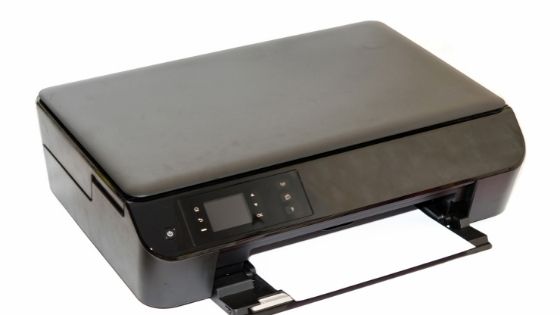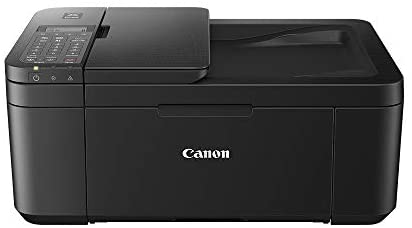A service desk (service operation) is defined by ITIL as a single point of contact (SPOC) between the service provider and the users. A service desk, according to TechTarget, is a communication that serves as a single point of contact between a company and its customers, employees, and business partners. It enables end users to easily interact with the organization’s IT department. Many cloud solutions can be tailored to your specific business requirements. You can add and remove features, as well as set different feature levels for different users.
What Does a Service Desk Do?
A service desk is primarily an IT function that manages tickets, incidents, and service requests, as well as user communication. Service desk professionals rely on a variety of IT service management (ITSM) tools to complete their tasks. Modern service desks are more proactive and adaptable, with the ability to respond to a wide range of operational circumstances. They are process-oriented and strive to address all issues in accordance with the organization’s IT policies and guidelines.
Help Desk vs. Service Desk
While the functions of a help desk and a service desk may appear to be similar, there are some significant differences between the two.
A help desk assists end users with technical support, troubleshoots customer and user issues, and/or guides them through specific tasks and actions.
A service desk considers business needs rather than just addressing user needs, and it considers the broader business context. It focuses on increasing IT technicians’ efficiency and performance, meeting service-level agreements, and shaping how IT professionals’ solutions deliver services to both internal employees and customers.
What Are the Responsibilities of a Service Desk?
Service desk professionals have various responsibilities such as:
- Managing service requests, problems, and incidents.
- Addressing the IT issues that affect all of the organization’s functions
- Tracking client complaints
- Facilitating employee orientation
- Monitoring metrics and reports like:
First-call resolution rate (FCR): The proportion of tickets that are resolved on the initial call. FCR measures the efficiency and responsiveness of your service desk. This is significant since it boosts end-user productivity.
Cost per contact- This is the entire cost of running a service desk divided by the volume of calls or tickets handled during a given time period. It is a gauge of how successfully a service desk manages its operations.
Incident/Ticket Volume – Monitoring the volume of tickets received by a service desk can give an overview of periods of high activity and serve as a gauge for personnel needs and schedules.
Repeated Tickets: For repeated tickets, businesses can monitor Mean Time to Detect (MTTD) and Mean Time to Resolve (MTTR). These measures’ declining trends show how well the service desk is using lessons learned from previous issues.
Ticket Trending – Monitoring statistics on the number of tickets for a specific issue over a given time period might help identify the need for additional automation to prevent or fix the issue.
Ticket Backlog – Monitoring ticket backlogs and trying to increase efficiency helps the company avoid expensive admin staffing and high support time.
Additionally, contemporary service desks include cutting-edge features like:
- Tracking staff productivity and automating the computation and/or enforcement of employee time allotments for service requests allows for the documentation of occurrences that turn out to be the most time-consuming.
- Automation of remediation and escalation using rules-based processes – This enables the identification of crucial aspects of reported events and directs them to the right pool of technicians.
When used in conjunction with other IT management technologies, a service desk facilitates the smooth execution of IT activities inside a business.
Service Desk Features
Some essential characteristics of a service desk set it apart from other customer care software. Keep in mind these since they are reliable signs that your service desk will be able to handle the demands of your company.
Help Desk Tools
A number of help desk services, such as the ability to submit new service requests and a conventional ticketing service, are typically included with your service desk. Additionally, it needs to serve as a single point of contact for all inquiries, respond to information requests, and monitor the quality of customer care you are offering. These features guarantee that your customer assistance is given in a friendly manner with genuine responses.
Automation
For incoming inquiries, your service desk should provide some level of automation, sending the least urgent and complex inquiries to an integrated self-service knowledge base. Additionally, it should point up any IT infrastructure-related difficulties with your service and give you advice on how to keep them from happening again. Your team can document the specifics of the issue, making connections to other documented events, and ultimately taking remedial action.
Integration Services
Your service desk may interface with other IT administration processes thanks to robust APIs and integrations. Your service desk should be able to interact with well-known programs like Jira, Slack, and Salesforce because it is a link in the software chain for your entire company.
Read Also: Data Center – What is It and Its Types?





